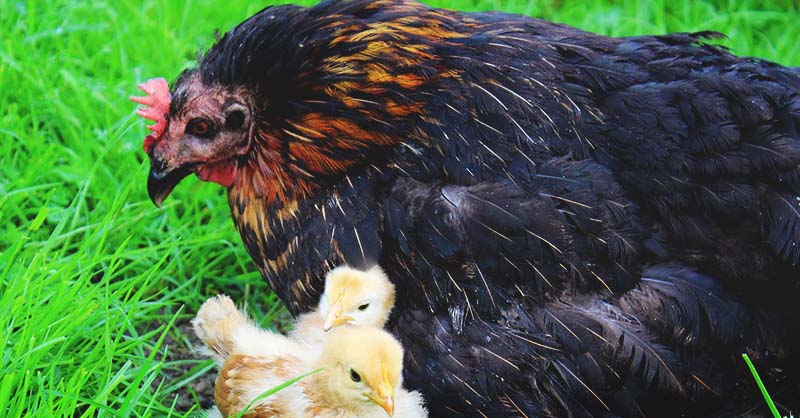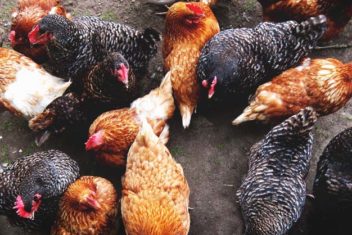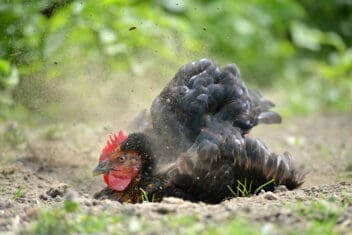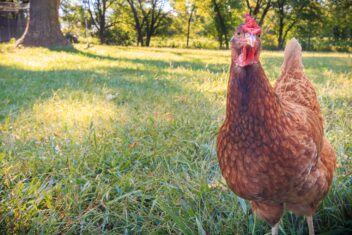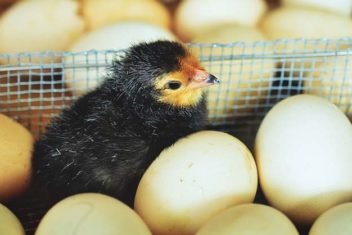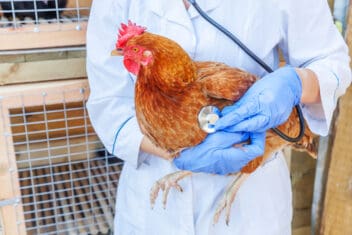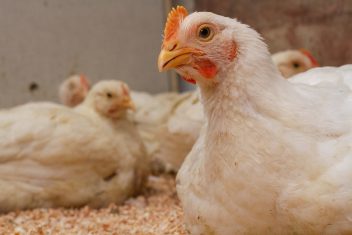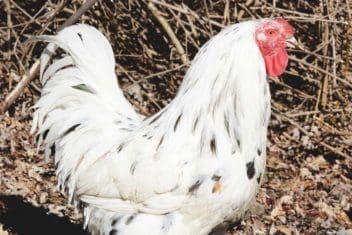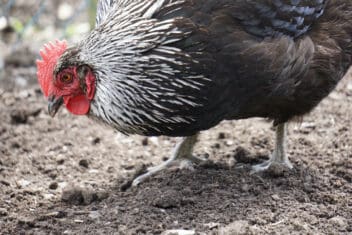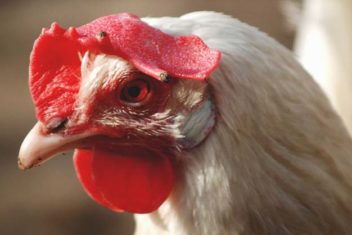As a new chicken owner, you should know how to house them while keeping them healthy, safe, and sound from predators and pests. You might have to be on your toes and be on the watch many hours of the day but the result is one to root for: you’ll have fit and happy chickens, away from the prying eyes of any predator!
To help you do that, we will discuss effective tips for your chicken’s health management. We will look at:
- How to keep your chickens away from predators;
- Chicken pests;
- Chicken first-aid;
- Going to the vet;
- Common chicken diseases:
- Biosecurity;
- What to do in extreme weather;
- Chicken behavior.
Let’s begin with protecting your chickens.
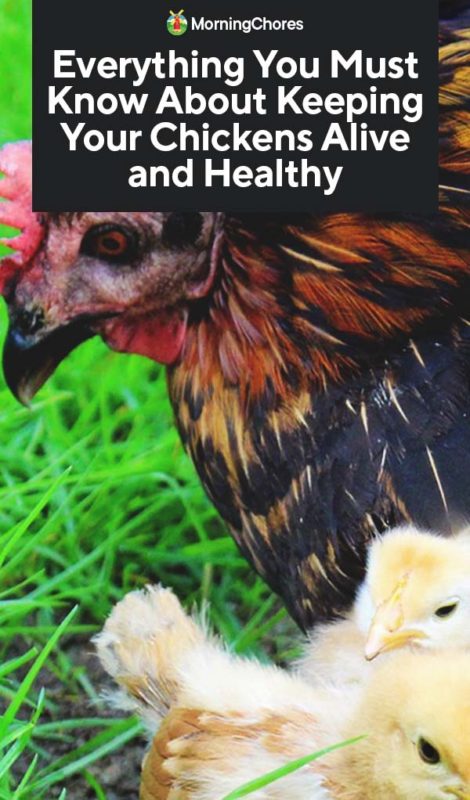
How to Protect Your Flock from Predators
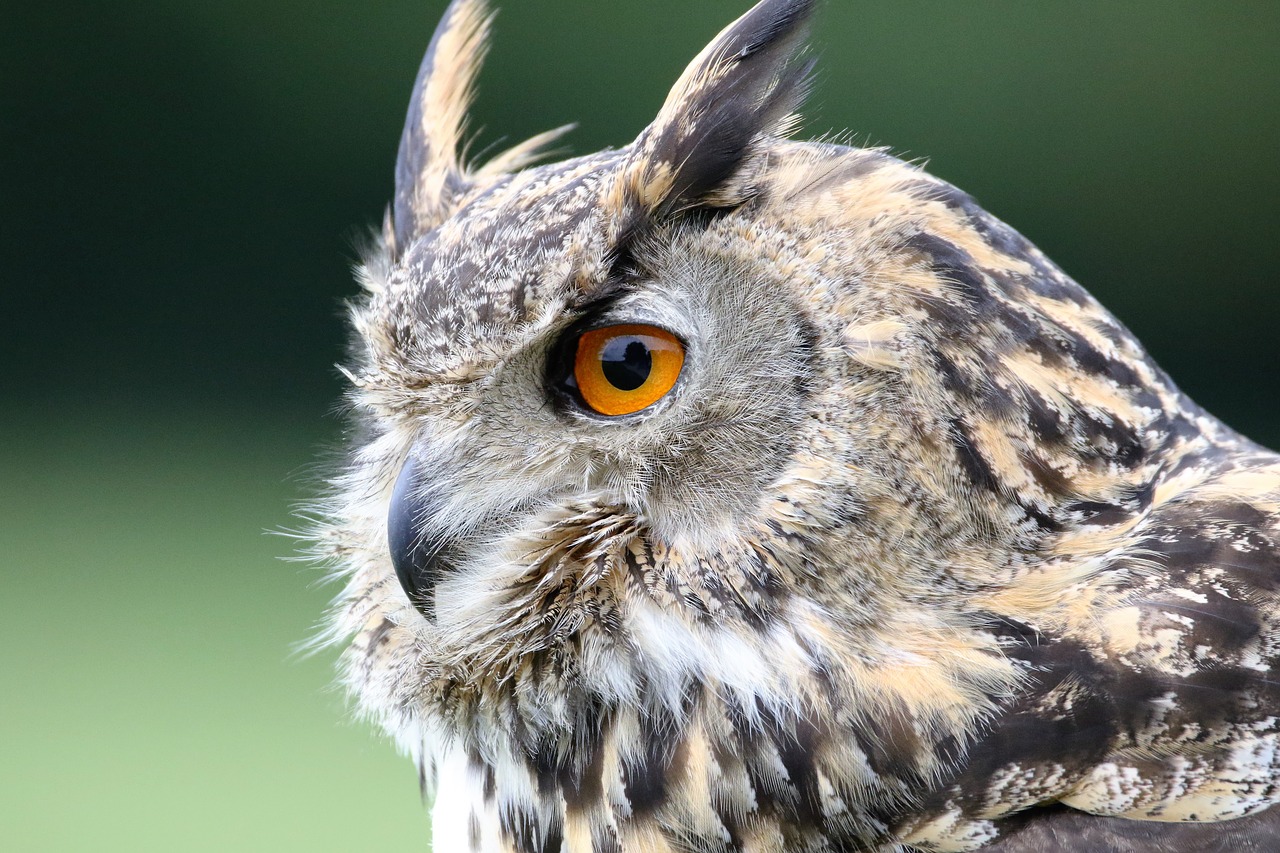
Though building or buying a coop is the first protection in your line of defenses, make sure your chickens never become the victims of predators. However, what are these predators?
You’ll be shocked to know.
Here’s a list of the most common ones:
- Hawks
- Foxes
- Owls
- Coyotes
- Possums
- Weasels
- Snakes
- Rats
- Raccoons
- Cats
- Dogs
Some of the animals mentioned above can be pretty sly waiting for an opportunity to attack, while others can be deterred by merely upping your backyard security.
However, if you are raising chickens in your backyard, then you need to make sure your chickens are safe from snakes, rats, raccoons, cats, and dogs. Usually, these are the ones most spotted.
1. Bury Chicken Wire
When you are constructing a run, remember that several predators will try digging under the run to attack your chickens.
While the chicken wire is helpful in keeping chickens inside the coop, hardware mesh helps in keeping any predators out.
So, bury at least 2-feet of hardware mesh around the areas.
You can start by digging a trench 3-inches wide and 6-inches deep. After this, bury it to tighten the security. This can stop most of the predators from digging.
If you are using a chicken tractor, then the same rule goes for that too. Cover its floor with hardware mesh so predators can’t find their way to chickens by digging through it.
When chickens stand for prolonged periods on wire floors, they might get cuts on feet so keep checking their feet for any cuts and wounds.
2. Cover Their Coop
Place a cover over the run. Chicken wire is one option. While it still allows chickens to peep out, it can stop any airborne predator from attacking your flock.
You can also utilize a tarp sheet instead of chicken wire to lend some shade to your birds.
3. Increase Visibility
If you are blessed to have a large garden, mow it within 50-75-feet of the coop to get rid of any tall grass, bush, or hedges. Doing this will reduce the cover for predators to hide, and there is a higher chance of you spotting them in case they come.
4. Block Any Access Holes
You don’t want to leave any holes and make the job easier for predators. A weasel can make its way even through a ½-inch hole! Seemingly small and innocuous, a weasel will kill just for the sake of it and can finish a moderately sized flock in one night.
Each month, check the coop for any forced entry and holes and block them.
5. Lock Chickens Up at Night
Remember to lock them up when it’s nighttime. Use any mechanism which cannot be pried open by sly animals. Raccoons are clever and can open simple locks and bolts, making them quite dangerous.
Don’t miss out on another deadly predator of chickens. Yes, it is a man we are talking about. You can use as many as 3 or more locks. Around 2 can be out on the entrance door while another one on the ‘pop’ door.
6. Remove Any Leftover Food to Avoid Rats
Are there any scraps or food leftovers lying around? If yes, then this may attract rats! They can eat the chickens as well as eggs. When your chickens are roosting in the evening, clean up even the little pieces of food that had been around.
7. Beware of Snakes
Black, corn, and rat snakes pilfer eggs. Sometimes, they target young chickens too. To keep the chickens and eggs safe, check your coop daily. If you see a snake near the coop even once, it’s time to relocate them to a safer place.
8. Collect All Eggs Daily
It’s easier for strong predators like snakes and rats to break into the coop easily. Since they aim to eat the eggs, it’s always better to collect the eggs as frequently during the day as possible.
9. Install Motion Sensor Lighting
Raccoons only attack the coop in the dark. However, this doesn’t mean you need to stay awake and watch your chickens the whole night. Instead, fitting solar-powered lights for motion-detection is a good idea to stop such predators from attacking in the dark.
It works like this: when the device detects that something is moving near the coop, the light turns on. Since raccoons will run away because of the light, it’s a good option to keep such predators at bay.
How to Save Your Chickens from Pests
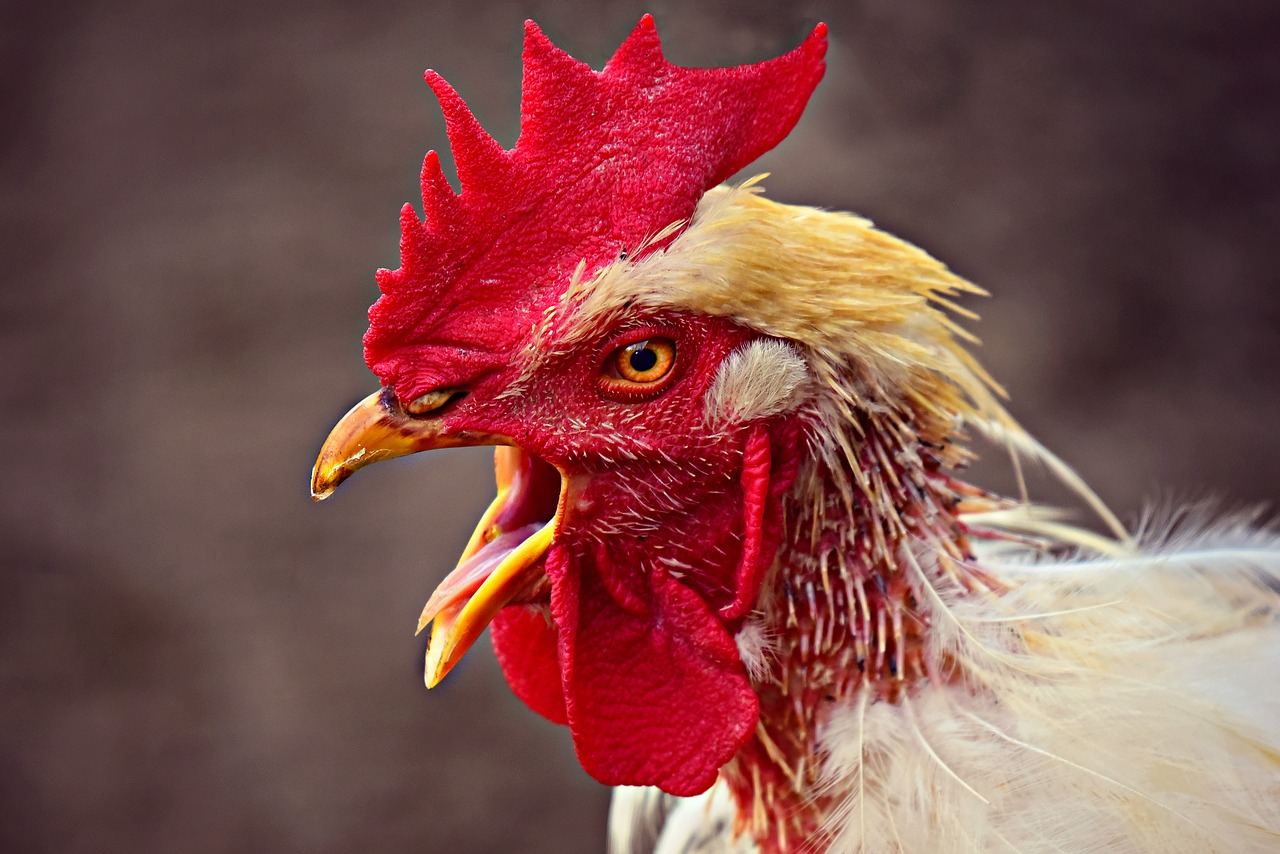
Just like predators, certain pests may also invade the coop. And when pests attack the chickens, nurturing them all over again can be a headache. That’s why it’s always recommended to keep the chickens away from pests. However, it’s difficult to notice if they are being attacked by mites, flies, lice, or other harmful pests.
That’s why it’s important to know about the poultry pests that can harm your chickens.
Here’s a list of the most common pests found inside the coops:
- Ticks
- Flies
- Mites
- Ants
Don’t worry. There are different measures to beat all these pests! To know more about each pest and safety measures to follow, have a look below:
1. Ticks
These bloodsucking species hide in the narrow openings of the coop. They crawl out in the dark and may stick to the skin of your chickens. Of course, it’s almost impossible to see these small pests on the chickens. Still, here’s how to find out if your chickens are the victims of ticks: they’ll resist going inside their coop especially at night.
– What You Should Do:
Caulk all openings of the coop so that ticks cannot breed or hide there. If ticks are there already, scrape out the crevices with a knife. Wash the entire coop with a hose. After the coop has been dried up, you can caulk all cracks.
2. Mites
Dermanyssus Gallinae (chicken mites) and Ornithonyssus Sylviarum (northern fowl mites) may infest the coops. Just like ticks, these mites also hide in the crevices of the coop throughout the day and suck the chickens’ blood by crawling out at night. The infected chickens scratch, over-preen, and are unable to lay eggs.
– What You Should Do
Make a mixture of water and bleach at a ratio of 3:1. Scrub the coop with this mixture by using a small brush. Also, dust your chickens as well as the coop with diatomaceous (food-grade) earth.
You can fill a tub with some fine dust and let your chickens have a dust bath that’s sprinkled with a bit of diatomaceous earth. It is an effective way to treat them with a therapeutic bath that will shed away the germs caused by the mites. However, in the case of severe infestation, it’s wise to consult a vet.
3. Flies
Fresh feces attract house flies. Once they enter the coop, they can be the worst pests for chickens that have open sores. The victims are those chickens that have wounds or missing feathers. Chickens with diarrhea suffer the most because some flies may lay eggs on their vents.
– What You Should Do
Though flies can be terrible for chickens, it’s easy to get rid of them. Clean the coop regularly and change the bedding frequently. Keep checking if your chickens are suffering from chronic diarrhea and provide immediate treatment by calling the poultry vet. Additionally, keep fly traps close to the coop.
4. Ants
Ants are attracted to fresh food. So, if you feed fresh produce to your chickens, it means that your coop is also a home for ants. Besides this, ants are also found in coops where there are broken eggs. Though ants don’t harm healthy chickens, young, injured, or sick chickens can be the victims of ants that bite.
– What You Should Do
When the chickens are outside the coop, remove the leftover fresh food immediately. Also, clean up the broken eggs. If you still see any ants inside the coop, spray them by using a 1:1 vinegar-water solution. The ants will be killed. Since this is a natural solution, it’s harmless to the chickens.
First Aid: What to Do If Your Chicken Is Injured
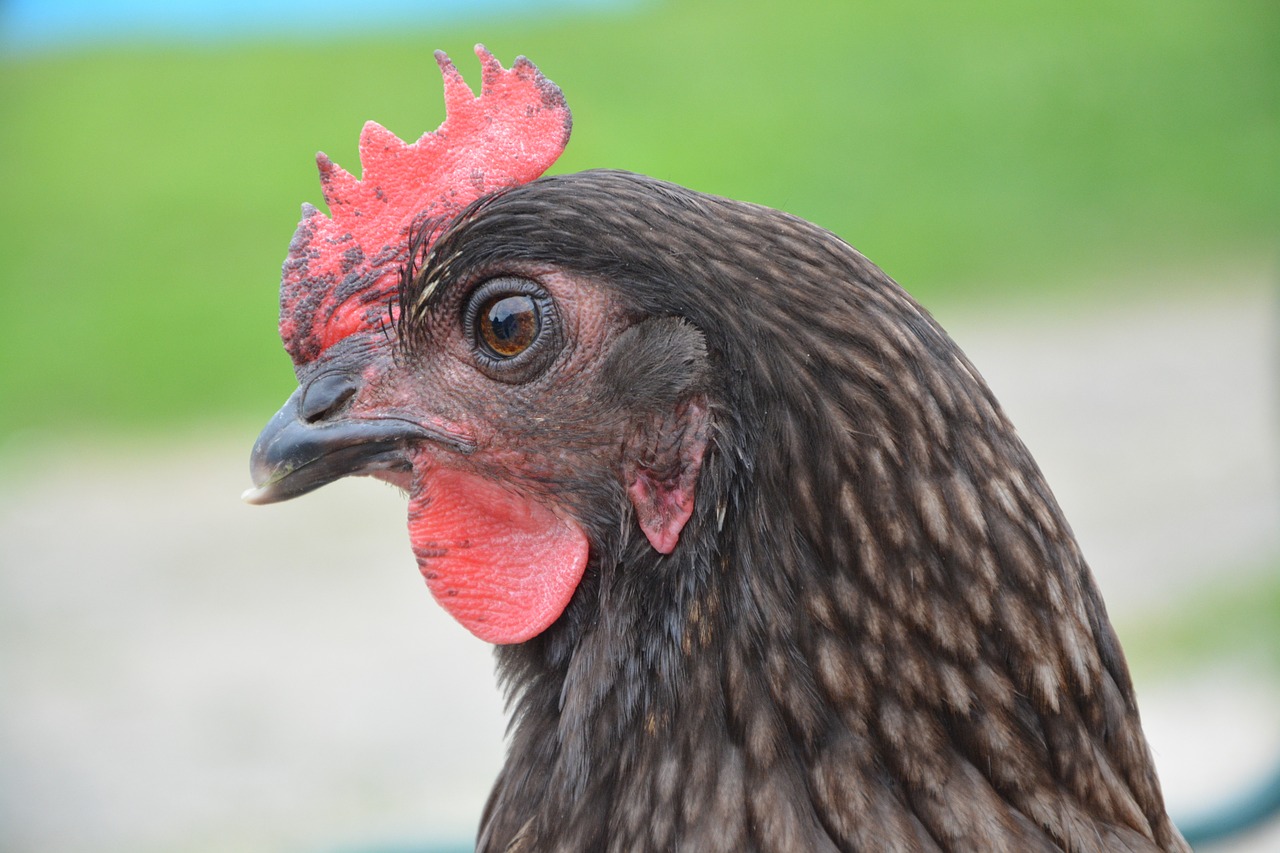
Your chicken can be injured as a result of everyday pecking or attack by a predator. In either case, you should have a first aid kit including the following:
- Epsom salt for soaking feet
- Disposable gloves
- Aspirin
- Chlorhexidine – 2% solution
- Non-stick gauze pads
- Vetrap bandage
- Vitamins and electrolytes
- Tweezers
- Scissors
- Dog nail clippers
- Styptic powder
- LED flashlight
Catch the chicken gently. After looking at the injured chicken, move it to a dog crate/ kennel with soft bedding material. A place like this should be dedicated to chicken emergencies. Move it away from other birds quickly in order to prevent it from being pecked at or bitten.
Isolate the chicken from other birds and keep it wrapped in a large towel for keeping it calm. Stop any bleeding and clean any wounds. After an injury, you can also add vitamins or supplements to the drinking water to help it recover.
If the weather isn’t hot, keep an overhead lamp or another heat source. If the surrounding temperature is more than 90°F and it’s humid and you see the chicken panting, then you don’t need additional heat. In this case, move the chicken to somewhere cooler.
Offer some water to the chicken. However, don’t keep on feeding it every few hours. Also, never resort to forcing feeding the chicken. You can, however, dip its beak in shallow water to help it drink water.
Also, remember to wash your hands and probably change your clothing after caring for sick birds. If your chicken doesn’t recover soon, consult a vet immediately.
When to Take Your Chicken to a Vet
You have to take your chicken to the vet when it is ill. However, as easy as it sounds, many owners would admit that they have failed to detect when their birds have fallen ill.
The key is to keep inspecting the chickens regularly and take any signs and symptoms seriously as chickens are adept at hiding any ailments. By the time you probably know about the disease, it is too late. So, you need to be proactive because it’s about your chicken’s health and you cannot afford to delay at all.
How to Treat Your Chickens for Common Diseases
Even if you do your best to keep your lovely flock away from predators and pests, a bigger danger still awaits, i.e., chicken diseases. Just like humans, chickens are exposed to specific diseases too.
However, here’s the difference: if we feel sick, we can say something, call the doctor, and get treated. However, of course, those poor little chickens cannot yell out loud about their illness.
Therefore, you as the chicken keeper should have sufficient knowledge about the most common diseases chickens are more likely to get, the precautions, preventions, as well as symptoms that indicate that it’s time to take them to the vet.
NOTE: Even if you see symptoms of a specific disease in your chicken, do not evaluate the chicken’s health condition on your own. Let the veterinarians play their role. It’s always advisable to take the chickens to the vet as soon as you observe an abnormal health condition in the chicken.
1. Fatty Liver Hemorrhagic Syndrome (FLHS)
– Causes and Symptoms
This condition can affect egg-laying chickens of any age. FLHS may occur due to nutritional, toxicological, or hormonal factors. A chicken affected by this disease has higher amounts of fat deposited in its liver. Over time, the liver becomes enlarged as it loses its strength. If this happens, the chicken dies after hemorrhaging from its liver.
Some causes include high intake of calories, biotin deficiency and choline chloride deficiency, intake of a lot of fatty foods (such as suet and sunflower seeds), or consumption of contaminated chicken feed. However, this disease may also be genetic.
A chicken can be a victim of FLHS if it has a pale comb, has increased abdominal fat, looks lethargic, is overweight, doesn’t move around like before, and has slowed egg-laying. However, instead of diagnosing by yourself, it’s always better to consult a vet.
– How to Treat This Disease
- Add 20% high-protein feed, inositol, vitamin B12, vitamin E, and Choline chloride into your chicken’s diet
- Improve the chicken’s metabolism by incorporating foods into its feed that are biotin-rich
- Give fishmeal to the chicken while limiting fatty foods
- Increase its exercise and practice free-ranging
- Consult the vet
2. Diarrhea
– Causes and Symptoms
Diarrhea is said to be a common disease among backyard chickens that shouldn’t be taken lightly. Droppings of healthy chickens are supposed to be brown (with a bit of white part which is the urine of the chicken) and firm. However, if you see that any of your chicken’s droppings are yellow, foamy, or consist of a bit of blood, then this indicates an abnormal health condition, probably diarrhea.
There are different causes of diarrhea. Some of these include Coccidiosis (this can be the cause if you are raising younger chickens), kidney damage, intake of feed that contains a higher amount of protein, intake of worms (this is a rare cause and can be the reason for diarrhea only if there are lots of worms in your chicken’s feed).
– How to Treat This Disease
- Isolate the diarrhea-affected chickens from the healthy ones so that you can provide extra care to them. This is also necessary because you have to make sure that the vents of the healthy ones are clean. In case the entire flock is the victim of diarrhea, you don’t need to change their housing as all birds will have to be treated with the same medications and diet
- Increase the intake of probiotics in their diet. To go natural, offer yogurt to the affected chickens
- Restore hydration by providing them with clean and freshwater
- If you don’t see any improvement, consult the vet immediately
3. Coccidiosis
– Causes and Symptoms
Though the word, “Coccidiosis” is too difficult to pronounce, the disease is quite common. It’s an intestinal disorder that occurs when protozoa (a parasitic organism) is stuck to the chicken’s intestinal lining. Residing in the intestine, this organism damages the tissue and causes bleeding (that can be visible in the affected chicken’s droppings).
Chickens aged less than 6 months old are more prone to develop this disease as compared to adult chickens. Adult chickens’ immunity level is stronger than the younger ones. Though you may be giving nutritional feed to your chickens, the digestive system of a chicken affected with Coccidiosis is unable to absorb the nutrients because of the thriving bacteria within its body.
Symptoms of coccidiosis are hard to notice because they can be seen gradually or suddenly. A chicken may look healthy one day and can be attacked by this deadly disease the next day.
If you see mucous or blood in the droppings, then this can be considered one of the symptoms. However, reddish or brownish poop may also be a sign. Before you guess if your chicken is suffering from coccidiosis, check out the other symptoms too. Some of these include a pale comb, weight loss due to low appetite, diarrhea, lethargy, ruffled feathers, and slow egg-laying.
Since all these symptoms are related to other diseases too, consulting the vet is the only option to diagnose if your chickens are affected by Coccidiosis.
– How to Treat This Disease
Just like treating diarrhea, you need to isolate the healthy chickens from the affected ones while making sure their vent is clean.
Since the parasite can multiply, it’s essential to prevent it from spreading. To do this, add Amprolium (commercially available) liquid to the chickens’ water. However, the affected chickens may limit their intake of water. As a result, there isn’t any assurance if they took Amprolium from the water supply. Therefore, ask the vet about effective ways to medicate your chickens to fight coccidiosis.
4. Avian Influenza
– Causes and Symptoms
Also called bird flu, Avian Influenza (high pathogenicity – HPAI) is bad news for chicken keepers because millions of chickens have been the victim of this contagious disease. Unfortunately, 90% of chickens affected by Avian Influenza die.
Avian Influenza spreads from one flock to the other. This mostly happens when the infected chickens are transferred to a new location and are kept with healthy chickens. This disease also spreads through shoes and clothing. The life of this virus in manure is 100 days. If this virus contaminates clothes and then comes in contact with healthy chickens, they will more likely catch the disease.
When the healthy chickens catch the bird flu, they naturally spread it to other healthy chickens, and the cycle goes on.
You never know when a healthy chicken has been infected with the disease because there are no signs that can be identified immediately. Even worse is the fact that once a chicken is affected by Avian Influenza, there are high chances that it will face death within just a few hours.
Experts reveal that some of the symptoms include wet eyes, coughing, low appetite, head area turning blue, retention of fluid in wattles and comb, ruffled feathers, respiratory distress, lethargy, and sudden death.
Undoubtedly, most of the symptoms mentioned above are quite common and may relate to any other disease too. Therefore, the only way to identify Avian Influenza in your flock is to get a laboratory test of all your chickens.
– How to Treat This Disease
Sadly, there isn’t any treatment for Avian Influenza. Still, if your chicken has been diagnosed with the virus, it’s important to avoid any legal repercussions. For this, you should immediately contact the Department of Agriculture. Also, remember that humanly culling of the affected chickens (because these infected chickens will eventually die because of the disease) is the only way you can stop bird flu from spreading to other chickens.
Though there isn’t any cure for this disease as of yet, you can definitely take precautions to prevent it from happening to your backyard chickens. Vaccinating your chickens reduces the possibility of them getting bird flu infection. For detailed information about Avian Influenza vaccinations, talk to your vet.
Biosecurity: Preventing Common Chicken Diseases
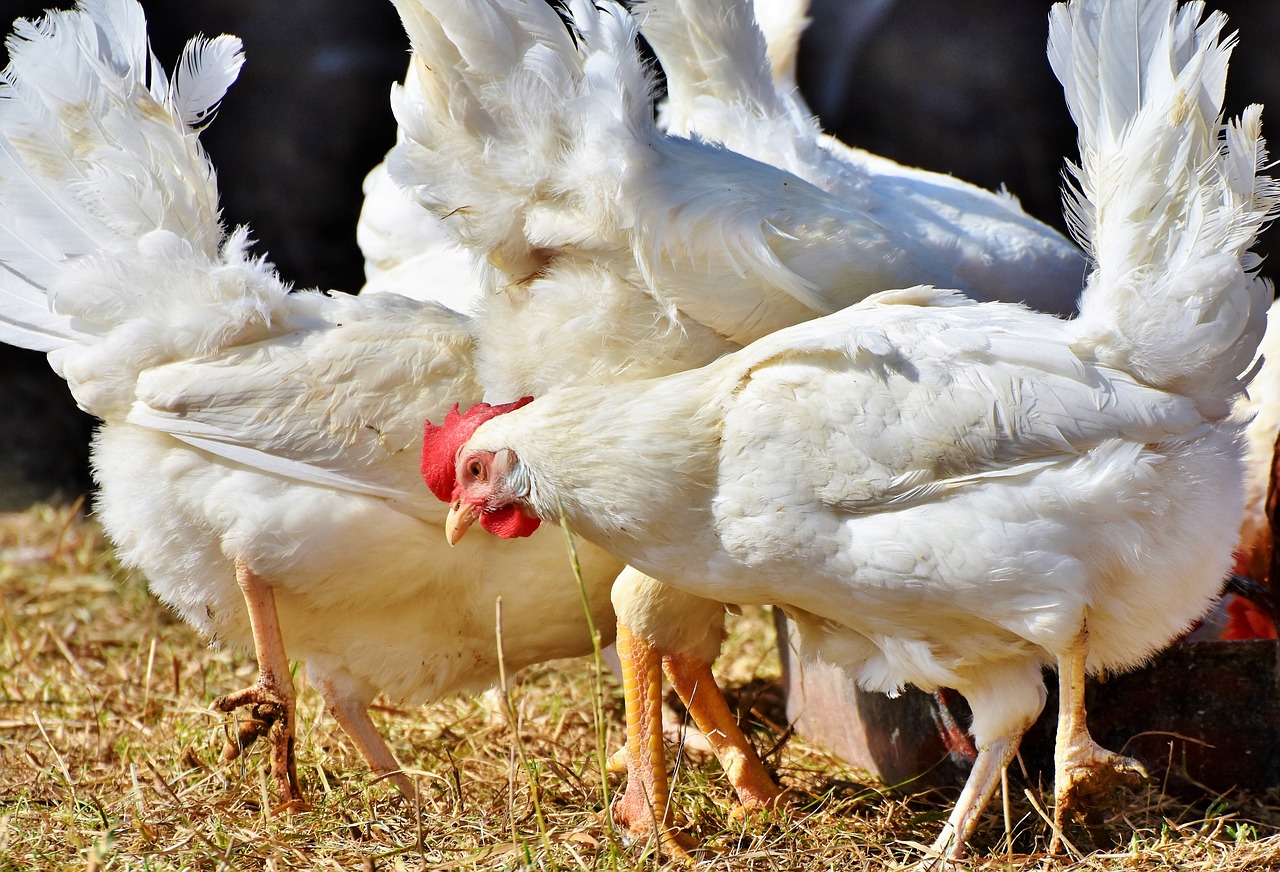
Biosecurity refers to the everyday practices that should be adopted by chicken keepers to keep their flock healthy, happy, and safe from various diseases. Of course, who would want their backyard chickens to catch infectious diseases when they can take easy measures to prevent those diseases?
Also, even if a single chicken is attacked by a viral disease, it gets extremely difficult to stop it from spreading it to the entire flock.
Therefore, the safer, the better!
Start acting today. To see your chickens grow healthily, make sure you apply all of these biosecurity tips:
- Disinfect waterers and feeders regularly
- Empty the coops, clean them, and disinfect them every 6 months
- Make sure there is no entry for flies and rodents in the backyard
- Wild birds may contain infections that can be spread to your backyard chickens. Make sure there are no bird feeders for wild birds around the backyard
Even your own clothes and shoes may contain the deadly bacteria that could make your chickens ill. When visiting the chickens after coming from any other high-risk place, wash your hands, wear clean clothes, and sanitize your shoes. To be on the safe side, you can also keep a separate pair of shoes to be worn when you visit the chickens.
Even chicken tractors, car tires, wheelbarrows, and other wildlife can be considered disease carriers! If these potential carriers are coming from high-risk areas such as poultry shows, feed stores, poultry yards, or livestock auctions, your goal should be to limit them from getting close to your backyard chickens.
Especially during the days of the chicken health crisis (such as when Avian Influenza is spreading the most), avoid visiting poultry shows, chicken swaps, or any other places where chickens are found.
If you want to bring new chickens to the existing flock, never mix them unless you quarantine them first. The procedure includes isolating the new birds from the old ones (i.e. keeping them in separate coops while each coop is 12 yards away from the other one) for at least 30-60 days. Then you can evaluate whether the new birds are free from any infectious disease and can be kept and raised with the old birds without any worries.
During this period, observe all the new birds for any unusual symptoms and consult your vet so that they can examine if the new birds are free from any contagious disease. While you quarantine, do not wear the same shoes when going from the new birds to the old ones.
How to Take Care of Your Chickens in Summer
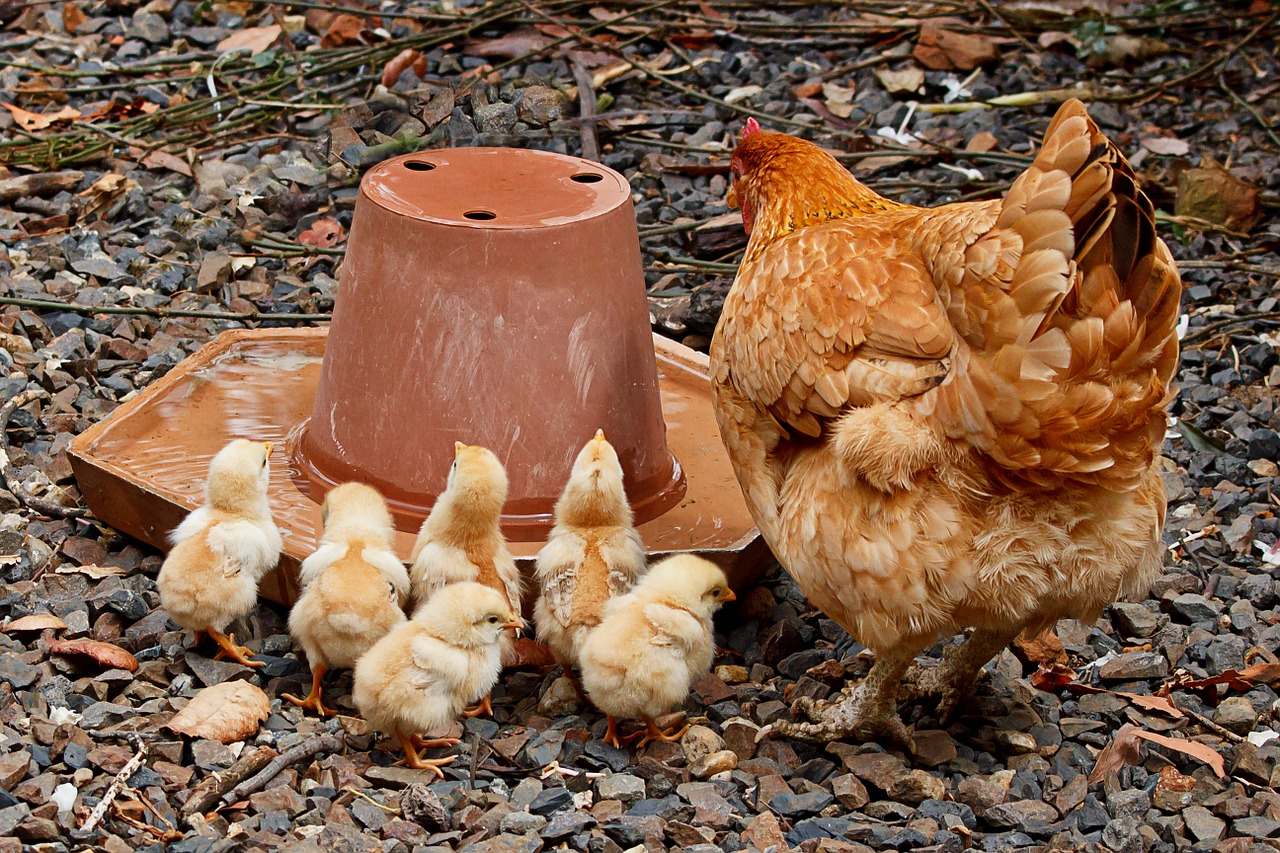
Just like us, chickens can become the victim of heat exhaustion, heat stress, and heat stroke during summers. They stop laying eggs, become lethargic, and even die due to extreme heat. However, it’s quite easy to keep them cool during the entire summer.
You can identify that the chickens are feeling hot if they are showing symptoms such as spreading wings, panting and gasping, lying down most of the time, keeping eyes closed, decrease in egg production, reduced egg weight and egg size, increased cannibalism, low appetite, and weight loss.
1. Hydrate Them Well
In summers, chickens require twice the amount of water they drink in winters. To fulfill their daily requirement, double the water sources. Provide them chilled, clean, and freshwater so that they stay hydrated throughout the day. To cool the water, add ice cubes into their water containers frequently, or whenever required.
2. Do Not Feed Them Grains
Grains like corn are said to have a higher content of starch in them. Feeding your chickens with this food may increase the heat of their body. Therefore, it’s better to avoid giving them such foods during the summer.
3. Give a Treat of Frozen Fruits
Backyard chickens love frozen red grapes and strawberries. Along with these fruits, you can also feed them with watermelon. This will not only quench their thirst in the hot climate, but the higher content of water in it will also help them stay hydrated.
4. Do Not Overcrowd
Filling the coop with a lot of chickens may overcrowd their housing and increase heat. If you plan to add more chickens to the flock, get another coop for them so that all of the backyard chickens can rest well even in hot weather.
5. Leave them to Free-Range
Though giving them more space to roam around is the best way to help them reduce heat stress, you need to be sure that they can have enough airflow in this hot weather. Shrubs, weeds, and tall grass prevent airflow. Therefore, cut the grass where it’s too long. Also, let the chickens be free in shady locations.
6. Keep Frozen Water Close to Them at Night
If you reside in an area where the temperature doesn’t fall a lot at night, then you can keep the coop cool with frozen water. Place bottles of frozen water near the nesting boxes and the roost. To get the cooling effect, the hens will naturally lay close to the frozen water.
How to Take Care of Your Chickens in Winter
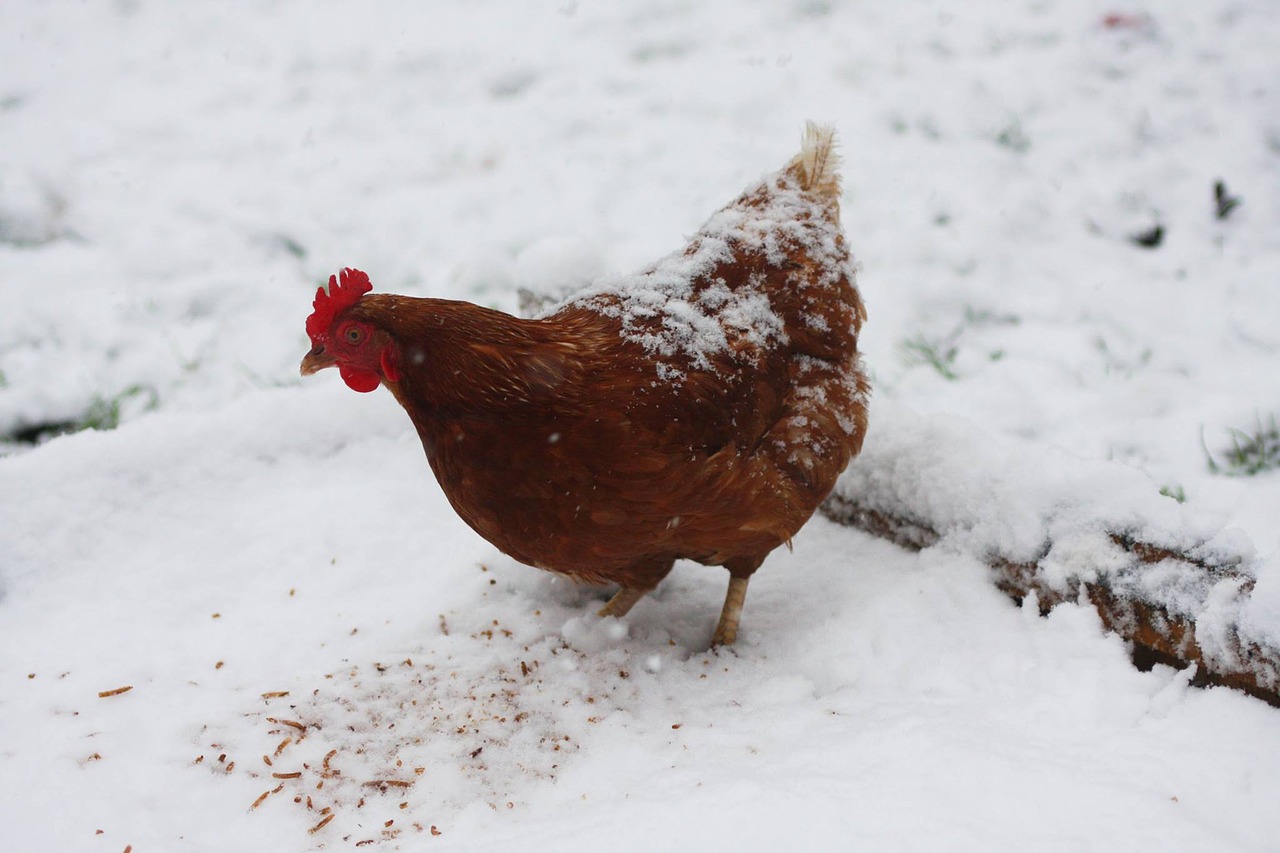
With a few easy steps, you can take care of your chickens even when it is winter, providing them with a safe and cozy environment. With these measures and steps, not only will your chickens be healthy, but you will also have good egg production.
Some chicken breeds can be a bit tougher by nature so be sure to find chickens suitable to your area. In general, you’ll need to provide some extra protection as the chilliness draws closer.
Here are some aspects you need to consider:
1. Adapt Smart Ways of Insulation
Some people can make the mistake of insulating the coop to the point that air circulation stops. This is a big no-no. Doing this can actually lead to increased humidity in the air which can result in frostbite.
Another adverse effect of this insulation can be the buildup of ammonia gas from their droppings which can harm your chickens’ lungs.
You need to protect your chicken coop from cold and chilly drafts but do keep enough space for airflow for your chickens to have fresh air.
2. Add Light to the Coop
The importance of daylight for egg-laying chickens can’t be denied. Chickens go through the annual molting process in the early fall. The shortened daylight hours of winter can lead to slowed egg-laying.
For a regular cycle of egg production, many hens prefer around 13-14 hours of daylight. Some cold-hardy breeds like Rhode Island Reds, Buff Orpingtons, and Australorps tend to continue laying eggs even in the shorter days of winter.
For other breeds, though, you can consider adding a light to the chicken coop. Once the birds are finished with molting, you can add the light and switch on the timer on the light so that the birds are not overstimulated with extra light.
Light intensity is of importance too. For an area of 200-square feet, a 40-watt bulb can easily suffice. Place it 7-feet above the floor, and you have a good light source for your chickens.
3. Waterproof the Housing
If you’re making some changes to the coop, make sure the roof and the floor are dry. The chickens can only stay warm in winter if they’re dry. The bedding should also be dry and should be changed often. Wet and humid conditions can bring in diseases.
4. Always Provide Fresh Water
Whether its summer or winter, freshwater is critical for chickens to remain healthy. Frozen water can spell death for these little birds. Keep fresh water flowing with the help of heated water dishes or freeze-free chicken waterers.
5. Do Not Get a Heater
You might be tempted to install a heater to keep the chickens warm and cozy during the weather, but don’t. Not only can it be pricey to run it the whole winter, but there is also a risk of fire. Plus, chickens were meant to be outside so they can adapt to this weather. You can, however, insulate the coop properly, allowing in fresh air too.
6. Keep Them Away from Ice and Snow
Chickens don’t like these two so when it seems like they want to play in ice and snow, keep an eye out for frostbite.
7. Leave Waterers Outside
Don’t keep it inside the coop. It can lead to moisture buildup in the coop!
Behavior Problems and How to “Fix” Bad Behavior
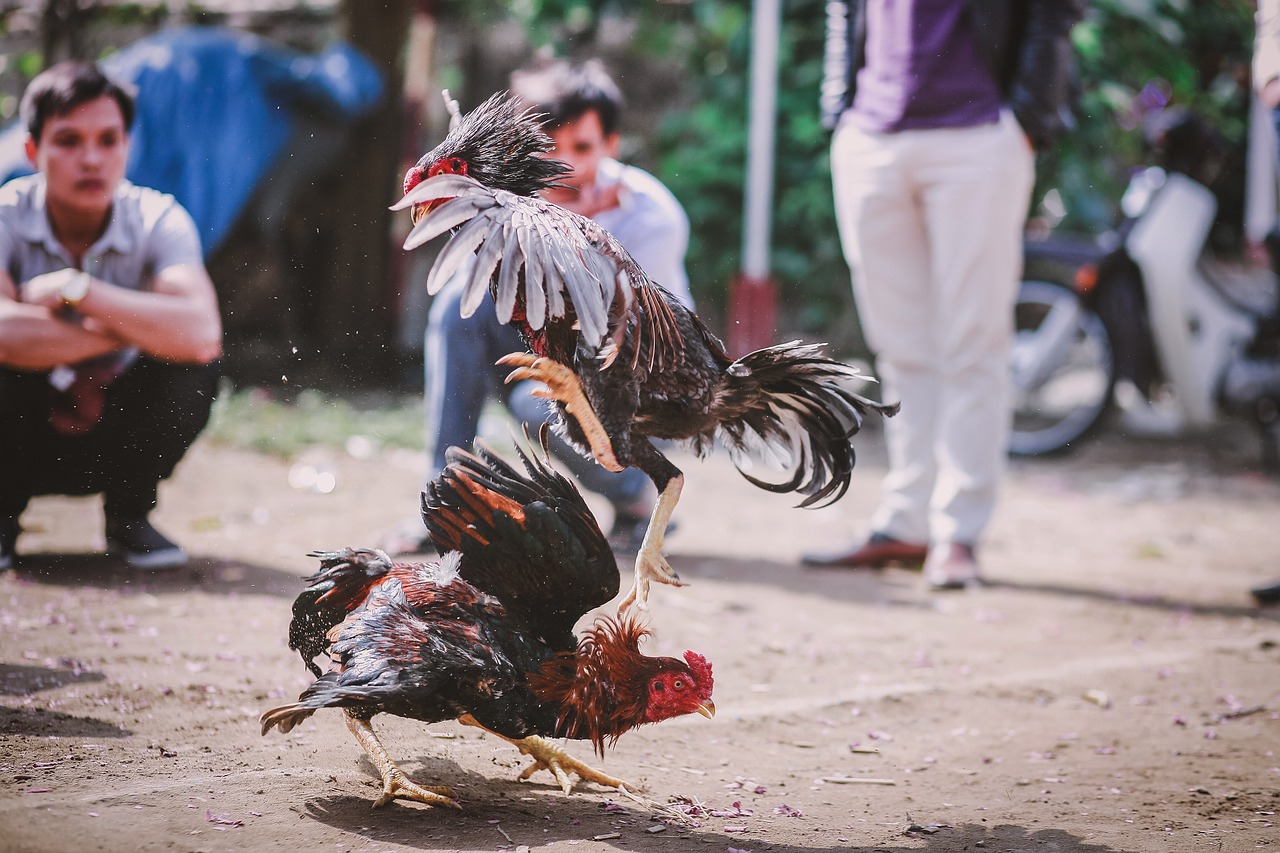
Fighting among chickens can start as early as when they’re a few weeks old. This is a means to establish their rank in the hens’ flock. This fighting can continue until the time of maturity and until the pecking order is established.
Sometimes, adult birds can also start fighting. It can happen when a flock member is tired of its position in the flock and decides to challenge a bird with a higher rank.
However, the more common reason that fighting can occur is when you introduce a new bird in the flock, and the bird has to figure out its place in the pecking order. Another reason can be when the bird is being reintroduced to the flock after a long absence.
Although fighting can occur between both male and female chickens, male fighting is more violent by nature and can even lead to injury or death. When two birds are about to fight, they’ll eye each other, and circle around each other. Each of the two birds can pretend to peck at something on the ground, all the while eyeing the other.
When the two birds start fighting, they both will raise their neck feathers and point the wings towards the ground, spreading them away from the body. Then they’ll try to stand as tall as they can and try to face the other bird down. The two birds can start scratching, jumping, and pecking each other. They’ll also use their wings to beat each other.
The cockfight can be of various intensities. While they’re sudden, with some experience, you can begin to tell when it’s a casual one and when it’s a fight-to-death one!
What is ‘Pecking Order’?
Pecking order is a system by which the birds arrange themselves in a social system. According to this system, the higher-ranking birds will get the best food, water, and roosts while the birds lower in rank will get the leftovers.
1. Fighting Birds
You might be tempted to separate them, but as soon as you turn your back on them, they’ll start fighting again.
The best thing is to observe. If it’s a quick fight to decide the pecking order, then it will be over in a bit, which is the good part.
Another trick to observing the fight and to distinguish between a do-or-die and a casual one is to stick around the cocks between the first 15-20 minutes. Usually, you’ll get a hint about how serious is the fight. If a rooster is about to lose and the other rooster is trying to seriously hurt it, sparing no effort, then this is an indication that your coop is not big enough to accommodate two roosters.
Also, if it looks like both are fighting without either of them getting tired, and it looks like the fighting won’t stop unless one is removed, then this too is a sign that the coop is too small for these two. You have to step in to separate the two.
However, if the fight is merely for establishing a pecking order, both the roosters will fight and then one will surrender and disappear from the scene. The victor rooster will not do much after this victory, so you don’t have much to worry about.
Another tip to separate the two fighting roosters is to use water. If you get them in your hands, you might get bitten. Throwing water from a bucket or a hose can surprise them, so you have ample time to reach and grab them.
2. New Birds
Fighting can also occur in the case of introducing new birds to the flock. In this case, if you do have to introduce some new members, do it slowly and don’t add less than two birds to an established flock.
Many of the problems for old and new chickens can be avoided by having a reasonably large coop. If the chickens are allowed to free-range, then well and good. However, the coop space does become something of an issue during the winter season when they may have to stay inside for a longer duration.
3. Bullying
Bully birds can be another problem to deal with. Some birds like to bully other newbie chickens or patrol the food station to show that they’re the boss.
To treat these chickens, take them out of the coop and put them in a segregation pen for a few days. While they’re away, a new pecking order will be established and when they get introduced in the coop, they’ll be the new ones and hence treated accordingly.
What is ‘Molting’?
This is the process whereby chickens shed old feathers and grow new ones.
Some ways in which you can help a chicken during the molting process is to reduce their stress levels. Don’t move them to a new living quarter and don’t introduce any new members to the flock.
You should also increase their protein intake and give them feed containing 20-22% protein.
What is a ‘Broody Hen’?
A hen is broody when she wants her eggs to hatch. The chicken will sit on top of her eggs the entire day to hatch them.
Some other symptoms of a broody chicken can include the chicken not leaving the nest, becoming territorial over it, and trying to peck and bite you if you attempt to move it.
The best way to handle this situation is not to let the chicken become broody from the beginning. Remove it from the nesting box. While doing so, wear gloves to protect you against pecking. You can also block off the nesting box to stop it trying to break in the box.
Also, make the chicken roost again just when it’s going to get dark. Chances are the chicken won’t risk going back to its nesting box in the dark.
When Your Neighbors Have Problems with Your Chickens
Your neighbor may have problems with your chickens ranging from smell and waste to noise made by chickens, which is understandable. So, how do you go about it?
If noise is the problem, you can try and make use of a no-crow collar which works in the same way as a no-bark collar for a dog.
If you don’t like this idea, put the rooster in a dark place overnight and let it out at a reasonable hour. The rooster crows when it sees the light of the day. This idea works for some and may not work for others.
Also, try asking your neighbors to get an idea about the level of noise your chickens are making. Perhaps, the neighbors don’t seem to notice it amidst all the other noises coming from the neighborhood such as dogs barking.
If your neighbors are complaining about smell and waste, then it means you need to get down to cleaning the coop more frequently. Keep the smell at bay with frequent cleaning especially during the hotter months. Also, make use of PDZ or some absorbent material to keep the ammonia levels low. Dispose of soiled material and change the bedding on a regular basis.
Also, when disposing of the bedding material, don’t just throw it out as it would attract a lot of flies. Make sure to cover it up with grass clippings, dirt, or something similar to keep the smell down and to keep the flies away.
Conclusion to Chicken Health Management
As you can see, there are many factors that contribute to the health management of your chickens, and it all starts with your knowledge of their behavior and their needs. Get to know your chickens so you can easily spot odd behavior when they are sick, and also be able to take action when bullying and pecking are more excessive than usual.
Read up on different chicken breeds to know which breeds go well together, and plan your coop, run, and or chicken tractor appropriately for your chickens to have ample room and space to stay healthy and happy.
